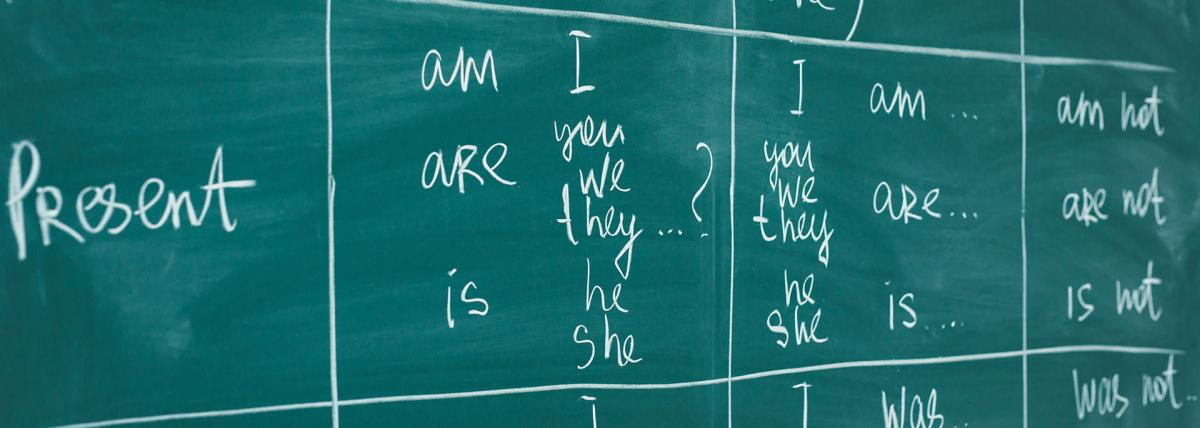
Discovering Molarity
by Amanda Stalvey
Students get to discover the relationship between solutes and solvents in relation to concentration. As an inquiry based lab, students will mix their own concentrations of Kool-Aid or other powdered drink mix with water and using mass by difference, calculate how much water and drink mix was used. After mixing these solutions, students will then drink and rate their solutions. This lab allows students to learn and practice molarity calculations through lab experimentation.
Lesson Plan Link/URL
https://docs.google.com/presentation/d/1Bqfwktpc_Xm6VZxsMOUfxyeq_5mVE5WA/edit?u…Subject Area
Science Physical Science P1: Matter Mathematics Operations and Algebraic Thinking (OA) Measurement and Data (MD) Expressions and Equations (EE) Algebra (A) English Language Arts (ELA) Reading (Informational Text) Writing
Featured
Off
Related Content

Grades:
9th Grade, 10th Grade, 11th Grade, 12th Grade
Students will develop a deep understanding about environmental sustainability while creating an implementation plan for a UN sustainability goal. This lesson focuses on science and technology, with

Grades:
6th Grade, 7th Grade, 8th Grade
This is a two- part lesson using pull back cars. Students will change the mass of their pull back cars to determine if the mass affects the distance they travel or their speed. This engaging lesson

Grades:
9th Grade, 10th Grade, 11th Grade, 12th Grade
This lesson is focused on solar energy, students engage in a hands-on exploration of photovoltaic cells, motors, and light bulbs to investigate the correlation between light intensity and solar power